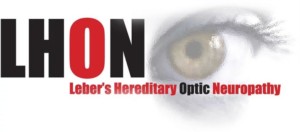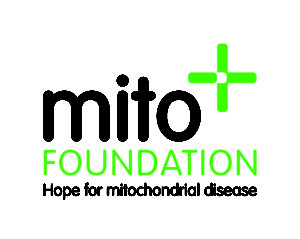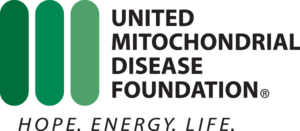For Patients & Providers
Watch the videos below to learn more about the role of mitochondria and cardiolipin in health and disease.
Mitochondria & Disease
Mitochondria, often described as the “powerhouse of the cell”, are responsible for approximately 90% of energy production in human cells.1 These “powerhouses” are found in all human cells other than mature red blood cells.2 Mitochondria produce energy through the conversion of food into adenosine triphosphate, or ATP.2 This happens through a series of reactions, controlled by the electron transport chain, within the inner folds of the mitochondria.2 In normal mitochondria, the inner mitochondrial membrane is highly folded, creating curves, called cristae.3 The cristae house the electron transport chain, which is composed of five protein complexes responsible for mitochondrial ATP production.3 Cardiolipin, a phospholipid found within the inner mitochondrial membrane, is responsible for establishing the cristae architecture and optimizing the function of ATP generating machinery, including the electron transport chain.4
Dysfunctional mitochondria can have an impaired ability to produce ATP and can generate increased levels of reactive oxygen species, or ROS, a major contributor to oxidative stress.2 Although low levels of ROS can be important signaling molecules in the cell, high levels of ROS can damage proteins and membrane lipids within the cell. Cardiolipin in particular is highly susceptible to oxidative damage, which can result in disrupted mitochondrial structure and a cycle of increasing ROS generation that can lead to the inflammation, fibrosis, senescence and cell death implicated in many human diseases.5
Mitochondrial dysfunction is commonly observed across both common and rare diseases. Contributors to mitochondrial dysfunction can include genetic mutations, the aging process, environmental factors, or a combination thereof. These impairments can affect a number of different organ systems, especially those with high energetic demands such as heart, eye, brain, kidney, and skeletal muscle10-12. Stealth is focused on mitigating mitochondrial dysfunction in rare diseases associated with cardiomyopathy, Barth syndrome, and Leber’s hereditary optic neuropathy7-8, as well as a wide range of common age-related diseases, such as dry age related macular degeneration.9-10
Mitochondrial Disease Overview
The term mitochondrial disease or disorder generally refers to a defect which exists somewhere along the energy building pathway.2,12,35 Mitochondrial diseases are typically classified and named either after the specific genetic defect (e.g. POLG mutation) or the cluster of symptoms associated with the disease (e.g. MELAS: Mitochondrial Encephalopathy, lactic acidosis, stroke, or LHON: Leber’s hereditary optic neuropathy).2,12,35 Some mitochondrial disorders are named after the clinician who first identified the disease (i.e. Leigh syndrome, Barth syndrome).36-37 Regardless of the name, the term mitochondrial disease is an umbrella term that encompasses many specific conditions caused by mitochondrial defects. 2,12,35
Learn More
Barth Syndrome Facts
Learn more about Barth Syndrome, from signs & symptoms to research & treatments.
Mitochondria Flipbook
To get your spiral bound copy mailed to you today, please email info@stealthbt.com
Programs & Pipeline
Mitochondria, often described as the “powerhouse of the cell”, are responsible for approximately 90% of energy production in human cells.
clinicaltrials.gov
ClinicalTrials.gov is a database of privately and publicly funded clinical studies conducted around the world.
Community
We work closely with key advocacy organizations and their stakeholders to better understand the needs of people impacted by diseases involving mitochondrial dysfunction. Advocacy organizations play a vital role in helping patients, families and caregivers navigate the difficult path from diagnosis to living with diseases that are debilitating and for which there are no widely understood standards of diagnosis or care.
We collaborate with leading mitochondrial disease patient advocacy organizations to progress our closely aligned missions, by:
- Supporting their efforts to improve patients’ lives
- Advocating for relevant events and initiatives
- Fostering strong relationships in the rare disease and mitochondrial disease community
- Positively impacting the mitochondrial disease patient community
Contact Us
Stealth BioTherapeutics
123 Highland Ave, Suite 201, Needham, MA 02494
(617) 600-6888









